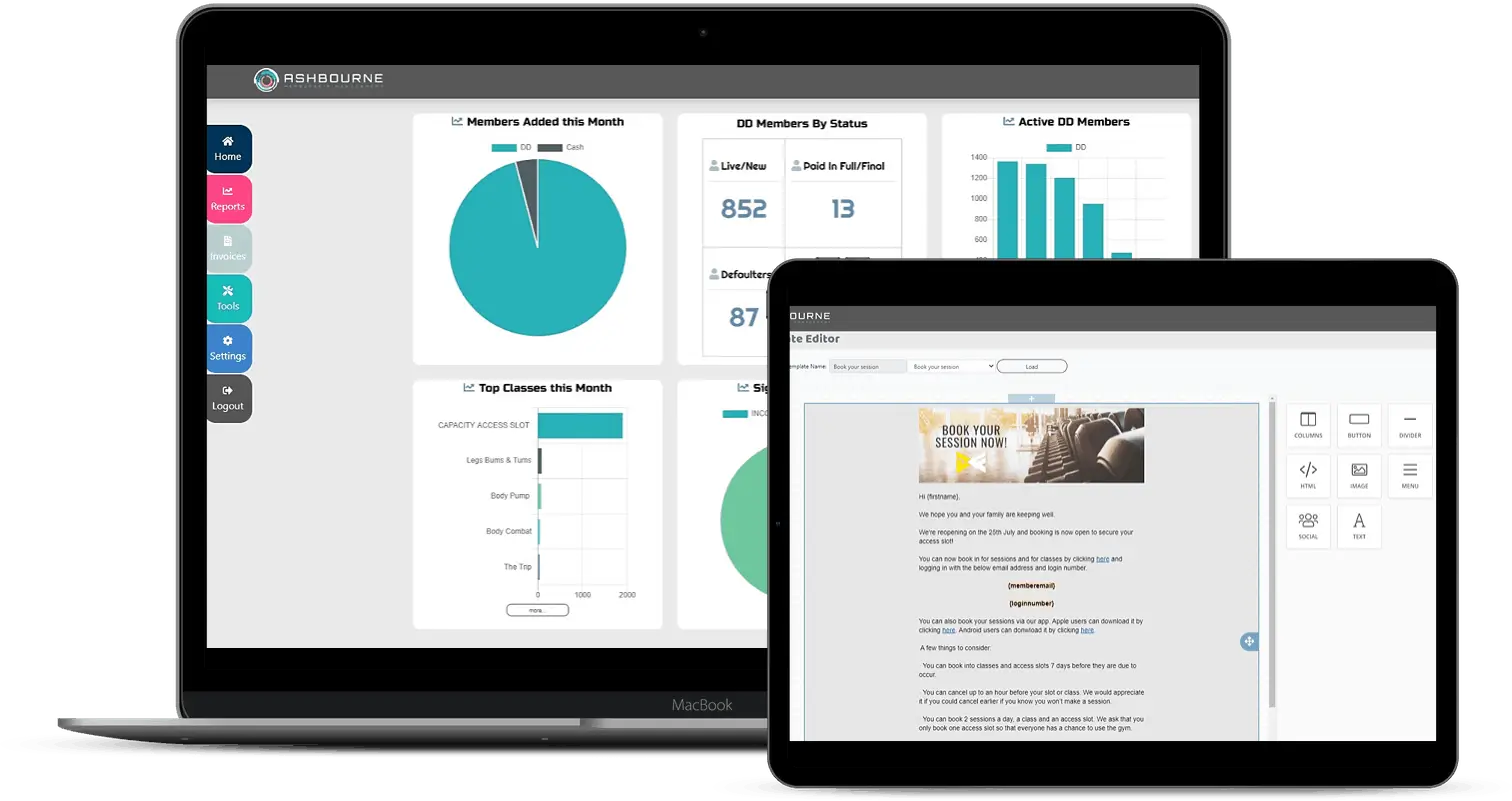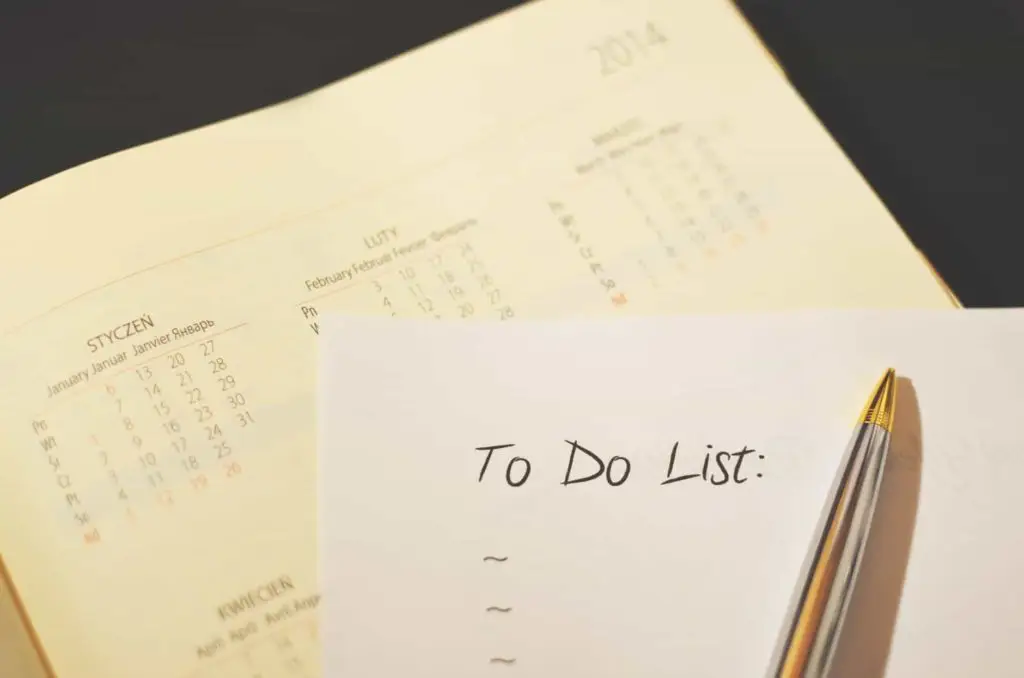5 More Questions You Need To Ask About Your Membership Payment Collection
We are back with 5 more questions that you need to be asking when it comes to membership payment collection when talking to a membership management company. As you might remember from our last article, we had a lot to say on the subject. Now we are back with more of our insight. Grab a pen and paper or open up a word document and start making your own checklist of questions you want to ask when approaching a company to potentially deal with your membership fees and payment management collection.
Once again, we have put the follow-up questions we deem to be most pertinent in their own quotation boxes, like the one below. Keep these in mind when forming your cheat sheet of questions.
Grab a pen and paper or open up a word document and start making your own checklist of questions you want to ask when approaching a company to potentially deal with your membership fees and payment management collection.

1. Are there any restrictions?
Leading on from the follow-up questions from the last blog, It is important to ask about the limitations of any given direct debit payment management company. Not every company will be able to provide every service you want as part of their standardised packages.
The relative nuances and permutations of fitness service rarely allow for such clean fits. Club fees and membership payments are always a safe bet, but as you get into the other services, you may find that there are restrictions cropping up with each of your prospective direct debit payment management candidates.
If you are reading sequentially you’ll already be thinking about the challenges that could be presented if a payment company isn’t able to work around certain aspects of your business.
What if they are unable to deal with the payment and booking of specialised workout classes? Or what if they don’t deal with the organisation and payment of personal trainers.
Perhaps this is acceptable to you and your business. If so, great. You might already have the infrastructure in place to deal with it and be willing to take the hit of dual-systems.
However it is important to consider whether this is prudent or necessary. If the company you are talking to has an alternative. Is it worth considering the switch?
One key thing to look out for is how the company handles cash payments. If a company can incorporate cash payments into their system on the fly, this is a good sign that their system will be adaptable.
Think of the detriment that could occur if a system is inflexible and can only take electronic, or worse, only set payments. This would hamper your ability to cater to something as simple as a club member bringing their friend to your establishment or business.
Equally, you need to ask yourself at what point too many restrictions become a deal breaker. What are your red-lines? What are the services you need to receive from a payment management company. What are the services you’d like to receive? What are the services you don’t mind not receiving, or have alternative solutions for.
A simple tiered checklist like this can make all the difference as you navigate the various offerings provided.
Follow-up questions to consider:
- Are the restrictions reasonable?
- Is the company willing to accommodate your needs? Are their systems versatile enough?
- How do they respond to your concerns as a potential client?
-
How do they deal with cash payments and one-off payments? If casual cash transactions can be incorporated into the payment management system, this will afford you greater flexibility moving forward.
2. What percentage of my funds will you hold back?
Much like our discussion around charging and price structure in our last outing, this will vary hugely from one payment management company to the next.
There is no standardised system across direct debit payment management companies and so this has the potential to be as varied as the number of companies that are out there. This, more than any other section, it is most important to think of what your business needs.
Do you require bi-monthly payments? Is once a month sufficient? Or would weekly be preferable. Each payment that the management company makes will have its own administration costs, their own infrastructure to consider and their own scheduling to account for.
All of the questions in this guide are fundamentally designed to help you approximate the value of a direct debit payment management company to your business. This question brings that goal into focus in a big way. The delivery of your funds is the crux of your relationship and it will be somewhere where the potential benefits and pitfalls of your relationship with the company will become apparent.
If they are upfront and earnest in the functionality of their fund delivery schedule and systems, it could be a positive sign of your future working relationship. If they are inflexible and impersonal, it could be a bad portent of things to come.
3. How long does it take to get set up?
This question, like many of our questions, will serve two purposes. There are the practical considerations of the time it will take to set up a payment management company within your systems, and then there is also their philosophy and approach whilst doing so.
As such, this is another question that will be a vital indicator and source of insight into the business partnership you are setting up with the payment management company. Exploring what the initial setup phase will look like whilst you are sounding out different management companies will give you a good idea of what to expect.
Whilst the time taken to set up is not necessarily an indication of the quality of service you will be receiving, it will be a defining incident in your working relationship with the payment management company. Therefore it will be worthy of close scrutiny, from the beginning of your first demo or consultation through to implementation and beyond.
If a direct debit payment management company has a swift setup procedure, this is usually a good sign. It will often mean they have a simple, intuitive system that can blend in easily with existing structures.
Furthermore, it means that respect you as a client, are not overstretched and are dedicated to results.
With that being said, it is important that they are willing to understand your needs from the setup. There is a fine line to tread between a swift and professional service, and a hasty and impersonal one.
As such, you should be on the look-out during demonstrations and asking questions that will help illuminate whether the foot you are getting off to with the management company is the right one.
4. What customer support do you offer?
Customer support will mean two things when it comes to a direct debit payment management company. The customer service it provides to your members, and the customer service it provides to you.
Depending on the sophistication and complexity of the payment management company you elect to go with. You could be finding yourself dealing with multiple extra systems and it is important that the company is willing and able to talk you through these systems at a moment’s notice.
A dedicated customer care team, preferably only a phone call or a live chat away, can be invaluable to ensuring that any pressing query about your new (or old!) system can be answered with immediacy.
And of equal importance, you need to be able to rely on that same swift and effective service when your customer’s have a quandary that needs solving. It is no use them coming to you if you then have to send off a cumbersome email. It’ll leave them unsatisfied and you feeling out of control.
Ask questions about the specifics of customer support, draft some queries that come up in your club or business and test the endurance and flexibility of their customer support systems.
Follow-up questions to consider:
- What technical support is available to you as a business owner (or your staff) if the direct debit payment management company is going to be introducing new systems to your business?
- What are the opening times for the customer support lines?
- Do they align with your gym’s opening times?
- What is the availability like on the business/client support team? What are the average wait times? What are their SLAs for responding to queries?
5. What happens if a customer misses a payment?
An unfortunate but inevitable part of running a business such as a fitness club or gym. What if a customer misses a payment. It can be unpleasant, it certainly isn’t desirable. But it needn’t be your concern.
One of the largest benefits a direct debit payment management company can bring you is in their dealings with your late fee members and those who enter sustained arrears.
As such, this becomes an important question to ask and an important topic to dedicate time to in your search for a payment management company. If the company has a system in place for members who miss payments or pay late. This can be invaluable.
When factoring in the comparison between different payment management companies. Consider the amount that you might need to pay if you were to chase these fees yourself, or to employ a separate time to do so. This figure will only need to be a broad estimate before you start to see why a company that deals with this tumultuous area for you is worth the extra money.
Certain companies will charge extra for the handling of arrears reclamation. This can be a valid service and will definitely help to delineate where your money is going. With that being said however, it can also result in the service being an afterthought. It is worth looking into whether the payment management company considers this to be a keystone of their business or an ambitious afterthought. In such a delicate field, an amateur operation can great a lot of heartache and concern.
Direct debit payment management companies that deal with missed payments will often have a specialised team in place to resolve these matters. Often they will be handled entirely in-house and in a professional, caring and correct manner.
It is, however, important to confirm that this will be the case. Ask for examples and case studies of how their reclamation or arrears department has dealt with missed payments in the past.
Missed payments will always be a sensitive subject even if it is just a simple administration error on the part of the member and especially if it is more systemic than that. It is of utmost importance to maintain a positive relationship with your members even during these trying times. It should go without saying that you are more likely to receive the money you are due if these matters are entrusted to a professional debt reclamation team.
More than that, your company will be less likely to be exposed to negative stories resulting from the mishandling of collection, the approach will be ethical and regulated and you are more likely to retain the member if their financial situation improves.
Follow-up questions to consider:
- Are there examples of arrears reclamation emails, calls or other correspondence that can be provided to prove the quality and values of the operation?
- What are the success rates for their reclamation team?
- How long has the arrear reclamation team in question been operating as part of the business?
-
How experienced are the team? How is that experience being utilised within the team?
- Does the team understand the regulatory requirements? Are they prioritising the wellbeing of your business and your members.
Forewarned is Forearmed! Come Ask Us These Questions And See How We Answer
Now your existing batch of questions from the last blog has been beefed up, it is time to put them into practice. And why not start with us here at Ashbourne?
Ashbourne provides a service that goes far beyond just the collection of direct debits and some rudimentary software. If you go with Ashbourne, the team at your service know that there’s a lot more to managing a great gym or fitness club than simply collecting payments on time.
Hopefully we have given you an idea of what to look out for, approach our team and book a demo and we can continue what we have started here on this blog today.
If any of the questions and concerns we have covered resonate with you, then we might be the company for you.
If you want to simply talk about how we could help your club, or see the specifics we can offer, please do not hesitate to reach out and one of our team will talk you through how we can help take your club to the next level.








